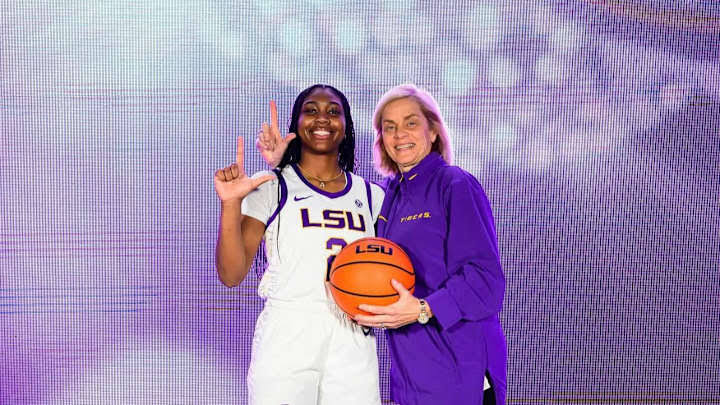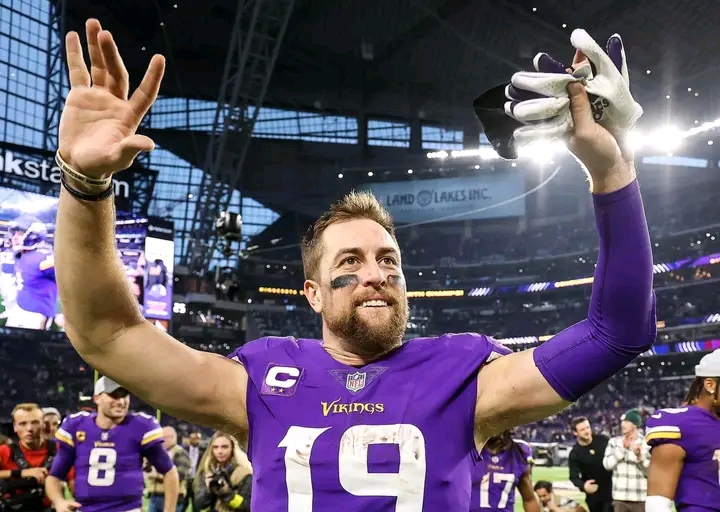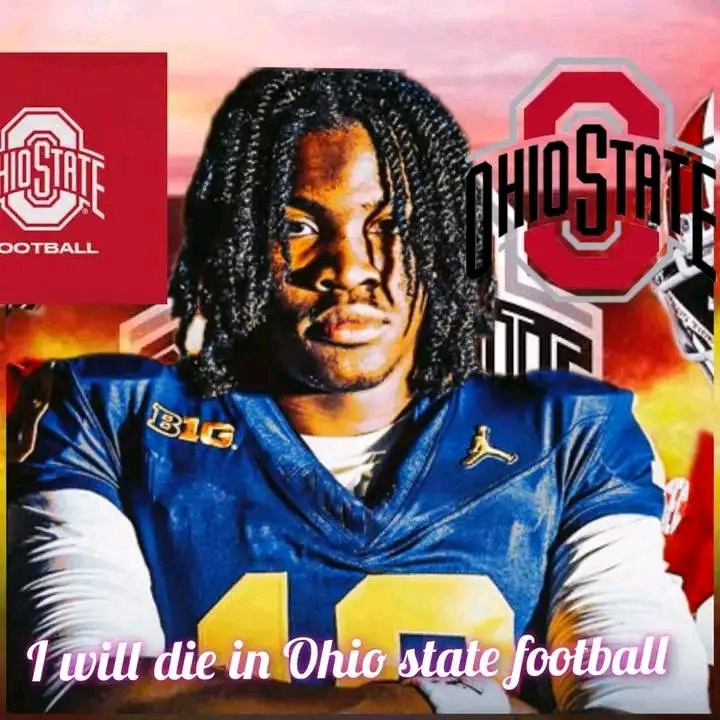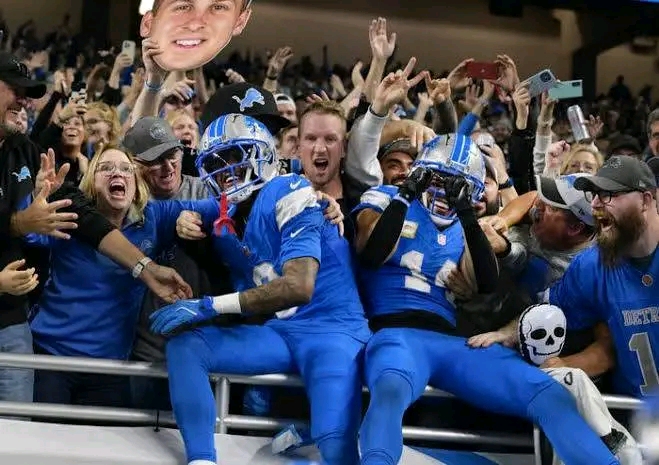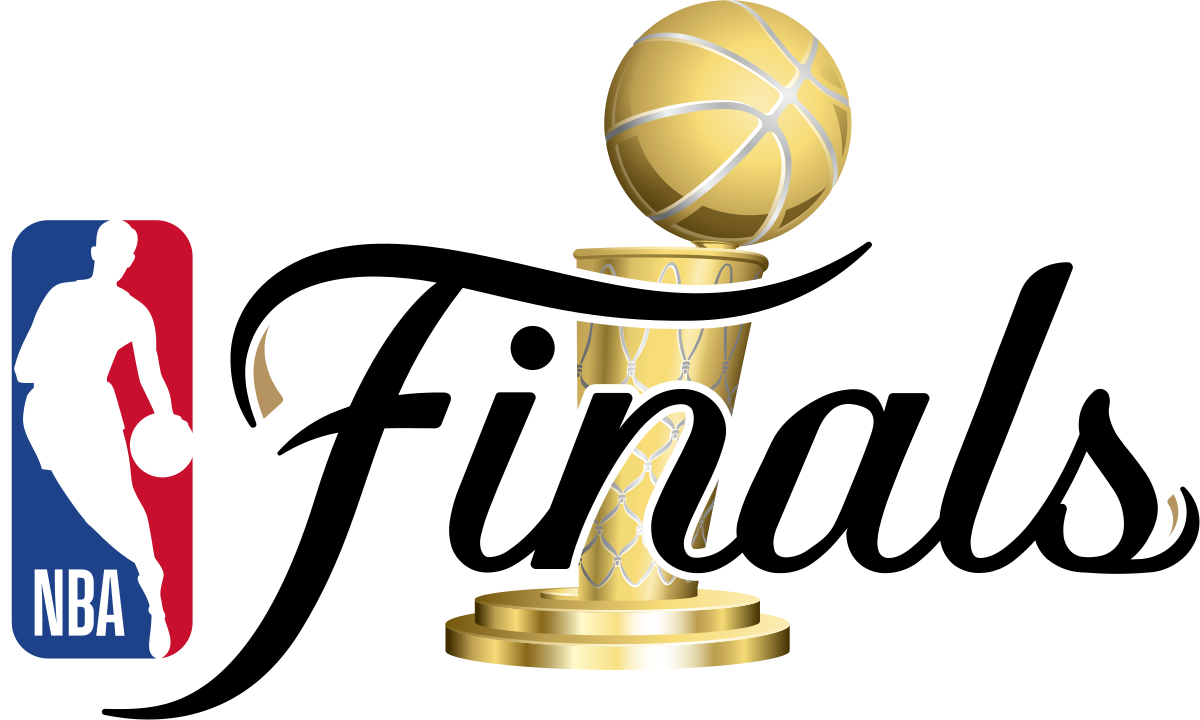
When the NBA Finals roll out their iconic red carpet of drama, athleticism, and spectacle, fans usually expect an electrifying game and a celebrity-packed courtside. But this year, the league has raised the bar once again. In a move that has both music and sports worlds buzzing, the NBA announced that Amy Lee of Evanescence and multi-platinum artist Halsey will take the stage together for a never-before-seen performance during the Finals.
The news broke across social media in a coordinated reveal, with both artists posting cryptic images of a dimly lit arena and a single word: “Finale.” It didn’t take long for speculation to spiral, but confirmation came just hours later in a joint press release by the NBA. The Finals, long known for featuring A-list entertainment, will now host what’s being billed as a “genre-defying, emotionally charged fusion performance.”
Amy Lee, the powerhouse vocalist behind Evanescence’s haunting sound, is renowned for her emotive voice and classical training. Pairing her with Halsey, whose genre-bending hits and raw lyricism have defined modern pop, may not seem obvious at first glance. But both artists share a reputation for artistic authenticity and deeply personal performances, setting the stage for something more impactful than just another halftime show.
Insiders hint that the performance will be more than a medley of hits. It’s expected to be a conceptual piece, blending piano, orchestral elements, and modern pop production with visual storytelling. Rumors suggest the set will open with a reimagined version of “Bring Me to Life” and transition into a stripped-down mashup with one of Halsey’s introspective ballads, possibly “Without Me” or “Lilith.”
The collaboration is also deeply symbolic. Both women have used their platforms to speak out on mental health, loss, and resilience—topics that resonate powerfully within and beyond the sports world. With the NBA increasingly supporting mental health advocacy, this artistic partnership aligns seamlessly with the league’s broader cultural messaging.
Fans of both artists have already flooded online forums with anticipation. Many see this as a long-overdue moment of mainstream recognition for Amy Lee, who’s remained fiercely independent and revered by rock loyalists. For Halsey, the performance marks another bold step in a career defined by boundary-pushing moves and fearless vulnerability.
NBA Commissioner Adam Silver commented on the announcement, stating, “We’re honored to welcome Amy Lee and Halsey to the Finals stage. This isn’t just about music; it’s about bringing communities together through powerful shared experiences. Their performance will reflect the heart and soul of what these Finals represent.”
Beyond the emotional weight, the production promises spectacle. According to leaks from rehearsal insiders, the stage design includes dynamic LED installations, choreographed aerial visuals, and a live string quartet. It’s a reminder that the NBA’s halftime shows are no longer just musical interludes—they’re full-scale artistic events with the world watching.
Networks have already predicted record-breaking viewership not only for the game itself but for the performance. Advertisers are preparing accordingly, with several high-profile brands reportedly reshuffling commercial spots to align with the musical segment. For the NBA, it’s a win-win: expand its cultural footprint while giving fans a truly unforgettable moment.
Perhaps most notably, the performance is being dedicated to a cause. In connection with their recent philanthropic endeavor—the Robby Lee Foundation, which supports children with epilepsy—Amy Lee and Halsey will subtly weave elements of tribute into the visuals, honoring Amy’s late brother and continuing their mission to raise awareness through art.
In an age when halftime shows are often criticized for being formulaic, the NBA’s decision to spotlight two artists known for their integrity and creativity feels refreshing. Rather than playing it safe, the league is choosing to inspire. And with Amy Lee and Halsey at the helm, the Finals stage may become a historic meeting ground for music, meaning, and movement.
